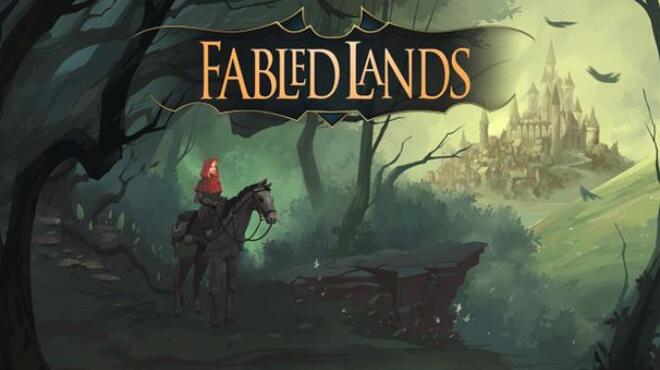
The temple is located far away from any urban bustle, in a hazy mist-shrouded place in the mountains. It was built in the aftermath of the Majapahit period and dates back to the mid 18th century. Candi Ceto, is the younger of two magnificently restored temples in the country side just two hours out of Solo. Two of them have been restored into their former glory. This area has been the favorite location for centuries to built temples amidst a placid nature. Then continue drive towards Gunung Lawu, one of the largest and least active volcanoes of Java. Now it belongs to the finest examples of Buddhist architecture.Īfter breakfast, explore Solo town and visit the Sultan palace. Once enshrined by a wild jungle, it took more than ten years and great effort to restaurant the monument. It also illustrates the will of man to preserve the past. The terraced temple tells the times and lives of the Lord Buddha in well over 1.500 bass-relief and thus is a real prayer in stone. It lies tranquil against the splendid background of the Menoreh mountain range, some 40 km northwest Yogyakarta.

After lunch, you will discover the mystery and history of the world famous Borobudur temple, one of the most impressive Buddhist monuments ever erected by mankind. Observe every intriguing detail of the process of manufacturing batik, the quintessential artisan product of Indonesia. We will bring you to a place where the cap and the canting are still handled with great care. Few batik workshops were left in the center of town. In Kota Gede, Yogya's silver street, a large number of shops produce the finest jewelry and silver home ware. Up to this day, these villages remain vital cultural centers where craftsmen still pursue age old handicrafts. In the city outskirts, various handicrafts villages can be found. This was once a splendid retreat, the playground of mighty kings, a complex of basins, bathing houses, private chambers and watch towers from where kings could observe beautiful women bathing. Nearby Taman Sari or 'Water Castle' reminds of the whims of these former feudal rulers. Many have priceless heirlooms on display. Meander through the pavilions and low rise, white and green clad buildings. It was built by venerable Sultans in de second half of the 18th century as a representation of the Javanese cosmos. Top of your list is the stately Kraton, right in the centre of town. This morning you will get to know Yogyakarta, rightfully dubbed 'the cradle of Javanese culture'. Up to this day, streets in many Indonesian cities are named after this hero. When passing by Magelang, you may recall that this is the place where Diponegoro, the Javanese leader of an uprising against the Dutch, was arrested. The road to Yogya is marked by beautiful sights on bucolic scenery. Multicolored sulphurous lakes and craters with hissing gasses, are the result of seismic activity in a caldera of an extinct volcano. Waking in this high altitude reign of Javanese antiquities, you'll stumble across some curious natural phenomena. These small temples in a lonely scenery, create a fascinating ambiance. The name Dieng is probably a corruption of the two Sanskrit words, Di and Hyang, which literally translates into 'abode of the Gods'. Unimpressive when compared to the larger monuments such as Prambanan and Borobudur, dating from the same period before the spread of Islam in, these are however the oldest in Java.

Sprinkled all over Dieng plateau, there are some small, unassuming temples. Factories, some of them dating back to colonial times, process "the green gold" amidst endless undulating carpets of the meeting crows of tea bushes. In the afternoon, you'll visit one of the magnificent tea estates of West Java. Take a small hike through the rain forest to another part of the same volcano. First it is off to Tangkuban Prahu, with its hissing and fuming craters, one of the most accessible volcanic areas in the world.

Today you explore the vicinity of Bandung, with its rolling hills and vast tea plantations. Now it is a sprawling metropolis, contained only by surrounding volcanoes. Bandung gradually developed itself into a resort city for the plantation owners. The European inhabitants of the city demanded the establishment of a municipality (gemeente), which was granted in 1906. When Governor-General Daendels started building the Great Post Road across the entire length of Java, Bandung began to develop. Until the 19th century, its inaccessibility greatly impeded its development.

Although the location once was the seat of an important Hindu kingdom, only a tiny village stood there. When the Dutch arrived in the 17th century, the area was mostly swampland.


 0 kommentar(er)
0 kommentar(er)
